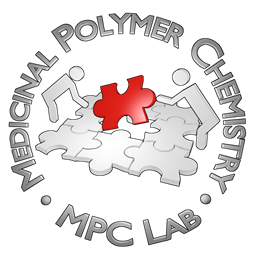In this group we are fascinated by the way nature controls activity. One way this is accomplished is by natural zymogens: an inactive precursor of an enzyme. Inspired by this mechanism, we have introduced the design of chemical zymogens: enzymes that are inactivated by chemical modification. The zymogens can be easily synthesized and re-activated by redox chemistry. The results are published in a recent article in nature communications [1].

The enzymes are inactivated by addition of disulfide compounds to a cysteine residue located in or near the active site of the enzyme. The enzyme could be reactivated by addition of a thiol with immediate response.
The system was proven to work for three different kinds of zymogens: a zero length (Z0), a poly-ethylene glycol (ZPEG) zymogen and a lipoic acid zymogen (ZLA) across a variety of enzymes (Figure 2).

The three zymogen systems have little to no activity without the presence of DTT (black curves in Figure 2). When a thiol (here DTT) is added, the enzymes regain their activity within the matter of minutes.
Read more about the work in [1].
1. Montasell MC, Monge P, Carmali S, et al. Chemical zymogens for the protein cysteinome. Nat Commun. 2022;13(1):4861. doi:10.1038/s41467-022-32609-1
